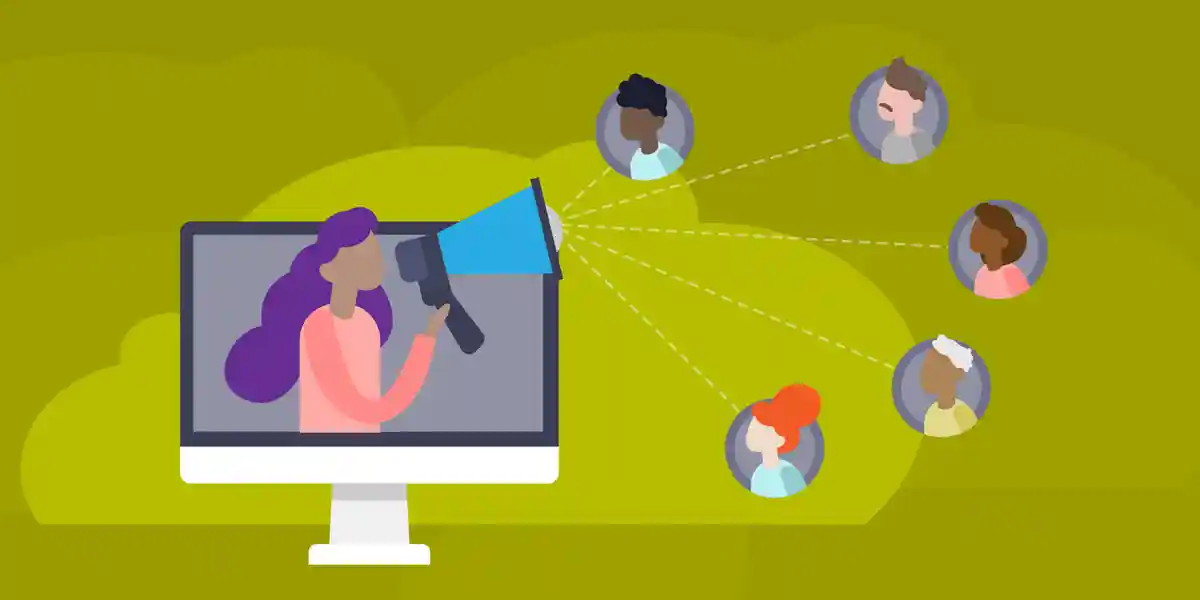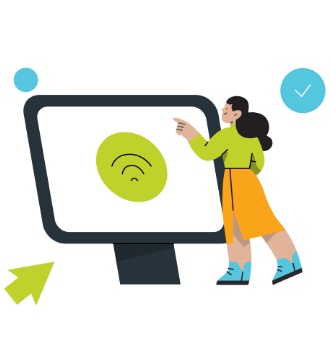Diversity isn’t an easy topic to tackle, and it’s even harder to discuss at work. We push diversity discussions to the side to avoid being uncomfortable. But, really, everyone should be open to talking about diversity. Instead of avoiding these conversations, maybe you could ask a different question. How about, “What is the role of communication in promoting workplace diversity?”
It’s a difficult question to answer. But let’s consider how things would be without a diverse workforce.
Let's imagine how easy and comfortable it would be to get things done if everyone were just like you. It might seem nice at first, but what happens when everyone has the same ideas? Most likely, you'll find that innovation and new ways of thinking will come to a screeching halt.
On top of that, your team is likely going to compete against a team of people with all different skills, perspectives, and backgrounds. So, what happens when your nice, homogeneous team and the diverse team take on the same problem? Which one is most likely to get a successful solution?
Statistics show companies with leadership in the 25 percent for racial and ethnic diversity were 35 percent more likely to exceed the median financial return for their industry. That’s huge.
Most companies today are working hard to get these benefits of diversity. But one of the big barriers? They don’t know how to talk about it. It makes people uncomfortable, so they settle for the status quo rather than make changes.
So, let’s talk about one of the underlying issues of diversity in the workplace: we don’t know how to talk about it.
Diversity builds success
We've known diversity is a key component to success for a long time. The Global Leadership Forecast found companies with a diverse workforce have more sustained and profitable growth. Research shows that interacting with diverse groups of people increases innovation, problem solving, and general thoughtfulness.
But despite the benefits, people find diversity discussions to be tense, scary, and downright uncomfortable, especially at work. Because it means different things to different people, it's tough to talk about. But why is it so difficult to also talk about diversity and inclusion (D&I)?
How can we make it part of the fabric of work rather than an add-on initiative? This is where we should ask ourselves, “What is the role of communication in promoting workplace diversity?”
Well, for one, it involves looking at ourselves and others, and acknowledging the differences. Fulfilling a diversity goal means hiring or promoting people who are different than others, especially ourselves. This includes some major areas, like sex, race, age, visible disabilities, or religion or culture, which we’ll call surface-level diversity.
Furthermore, it covers less obvious areas, like personal experiences, skill sets and motivations, also known as deep-level diversity.
We tend to focus on surface-level diversity, when deep-level diversity can also bring in new thoughts and ideas. Ideally, we’re going to want both surface-level and deep-level diversity.
The quickest way to tap into deep-level diversity is by accelerating the hiring and retention of a diverse workforce. We learn to see and focus on the similarities between us and others. It helps us work together and empathize with each other.
Build a safe environment
Before you begin discussing diversity and inclusion, it’s important to build a safe environment. Everyone needs to feel safe to share their thoughts, take risks, and bring their authentic selves to work. Without a sense of safety, people waste energy worrying about what will or won’t be accepted instead of being productive.
Also, regardless of their role, everyone must realize they have the power to increase a sense of inclusion and safety through conversations. Everyone should consider what they’re bringing to the discussion before it starts.
Here are some things to consider:
- If you've felt excluded or marginalized, think about specific examples and how it has impacted you, the team, or outcomes overall. If you haven’t felt that way, reflect on what might be putting you in the in-group.
- Remember, your reality can be very different from others, even on the same team or in the same environment.
- Biases, myths, and experiences may impact our assumptions about each other, especially when it comes to race, gender, or identity. This includes religion, sexual orientation, or ability. It doesn’t represent facts or others’ realities. We must work to confront those thoughts and actively unlearn them.
- Remember, we can all benefit from a diverse and inclusive workplace. Educate yourself about the topic. Learn by listening to others voluntarily sharing their stories, reading books and articles, or even following reputable social media figures. However you do it, you must actively seek to learn from them and unlearn biases.
- Don’t forget that it’s appropriate and necessary to ask for permission before engaging in a diversity and inclusion conversation. We're surrounded by prominent images and experiences of violence against marginalized people, which can be triggering and traumatizing. Nobody has to share their trauma or negative experiences for the benefit of educating others.
Building bridges through conversation
So, once you’re prepared to talk with your team about diversity and inclusion, be sure to use Key Principles. They help everyone feel heard, involved, respected, and trusted. These communication skills are the building blocks to enable open, honest, and constructive conversations about D&I.
Remember, no conversation is going to be perfect. These conversations will probably make people feel uncomfortable. But the goal should be to develop understanding. Take time at the beginning to create a safe space. If it makes someone uncomfortable, come back to a space where you share common ground.
Finally, you might be confronted with a reality that implicates you're creating a negative experience for someone else. If that happens, your first reaction may be to become defensive or accusatory. But take a step back and feel their emotion. Thank them for sharing their insight, and commit to growing from it.
This may take practice. But remember, it’s also a positive sign that you are learning, growing, and becoming a more inclusive colleague.
Diversity and inclusion (D&I) means more than just recognizing and appreciating—and dare we say embracing—our differences. It means acknowledging what isn't the same and finding ways to incorporate different perspectives in meaningful and valuable ways.
Committing to more equitable systems
Truly committing to a diverse workforce calls for deep evaluation of practices and biases. It isn’t just our individual and collective workplace habits we need to rethink. By always turning to the same people for ideas, we create a culture that maintains a homogeneous status quo.
The widest impact comes at a system-level. Companies base a lot of systems on what’s worked in the past. Unfortunately, this doesn’t always incorporate the diverse opportunities we have today.
So what is systemic to the recruiting or hiring process that needs changed? Should you broaden where you advertise for company jobs? Maybe refuse to begin the interviewing process until obtaining a sufficiently diverse applicant pool? Unfortunately, this isn't something that can happen overnight. It definitely won't happen if we don't start talking about it, either.
Without taking a deep dive into each system, companies should consider looking at their hiring and talent management systems, and leadership development systems. They should also consider compensation and total reward systems, product and service development systems, and external partnership systems. These systems are integral to enacting change.
Each of these changes start with meaningful conversations. So, if we can actualize why we don’t talk about D&I, perhaps we can pinpoint ways to start having those conversations.
How can we talk about it?
Now that we’ve talked about why it’s so hard to talk about, let’s get down to the juicy parts. How can you address each of the points above?
You can discuss topics in a way that doesn’t offend others by using core communication skills. When you build a house, you need tools for each job. That’s exactly what the Interaction Essentials are: tools for conversations. Genuine concern and interest are a must.
If done thoughtfully, D&I conversations can have a huge positive impact on the people taking part in them. In addition, businesses can get a boost through company engagement, retention, and financial health.
For more information on how to develop more inclusive leaders, watch our on-demand webinar, How to Develop Your Leaders for a More Inclusive Workplace.
Julie Yoon partners closely with organizations to build learning solutions, assessment strategies and leadership development pipelines that reinforce organizational goals and values. Since joining DDI in 2018, Julie has worked with clients across a wide range of industries to create customized programs focusing on high-impact development and accelerate leaders’ success.
Topics covered in this blog


